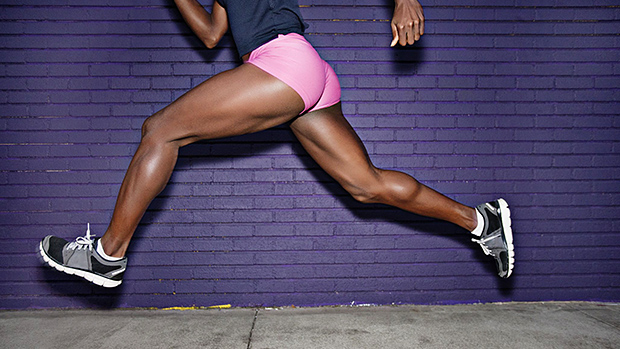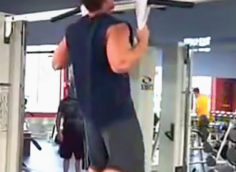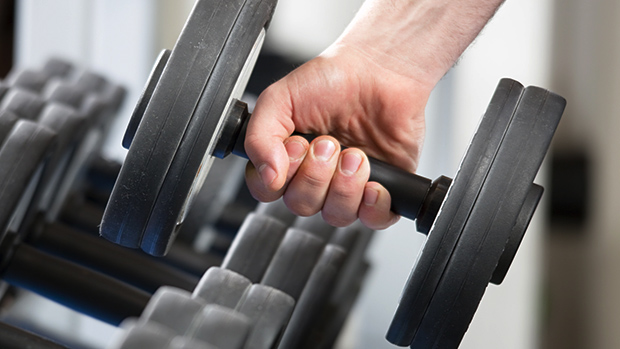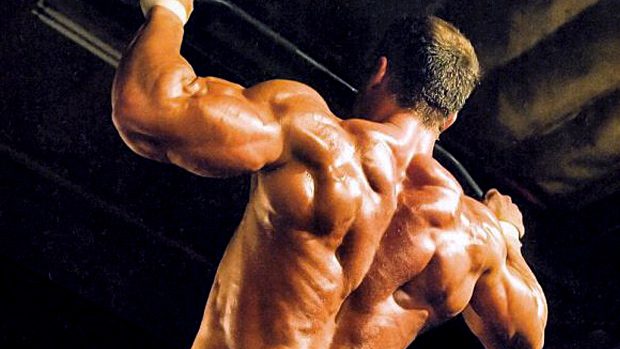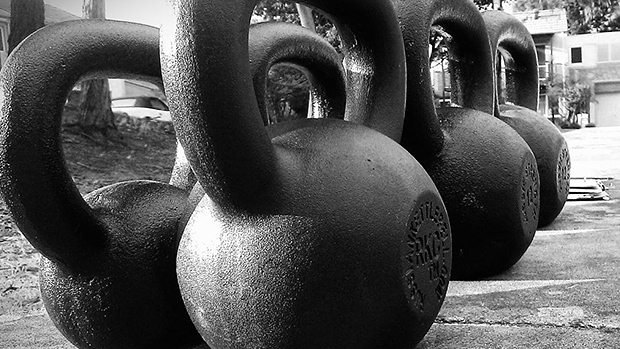When it comes to building stability and strength that carries over to everyday activity and improves performance, a solid foundation of single-leg strength is absolutely necessary.
The bowler squat, as Stuart McGill calls it, is a great example.
The unique rotary component of the movement makes it effective for not only building strength and stability, but for protecting the low back. Great as it is, we can make it even better.
This variation has a concentric focus and can be classified as a deadlift.
Here's the back view:
The benefit of deadlifts over squats when it comes to strength and athletic performance are essentially two-fold:
- The nervous system must learn to produce force without the assistance of stored kinetic energy (plyometric assistance or stretch reflex). This is a more honest measurement of your ability to produce raw force into the ground. Although sport is dynamic and things like stretch reflex and momentum are used all the time, you'll be able to make better use of this stored kinetic energy if you already have a strong concentric foundation.
- We get a big boost to our proprioception when we don't receive eccentric assistance before our muscles act on a joint. Single-leg activity that begins concentrically enables us to tap into the stabilizing forces at the pertinent joint systems at any given moment in time, particularly when overcoming a mechanical disadvantage.
Added to those points, the bowler deadlift allows for the movement pattern to be cemented through a wider variety of loading strategies (dumbbell, kettlebell, weight vest) than the bowler squat.
If I can only program one lower body exercise for someone looking to improve hip function and performance, I'd program the single-leg deadlift. This slight rotary variation on the single-leg deadlift is even better than the regular version. Here's why.
The bowler deadlift has a rotary component which acts as a teaching tool for the athlete, helping him to better disassociate movement between the upper and lower body and requiring plenty of proprioception at alternating segments in the kinetic chain, all of which have different needs (mobility at the hip, stability at the lumbar spine, and mobility at the thoracic spine).
With this deadlift variation, the hip must be able to rotate against a fixed femur, loading the glute max in all three planes; the lumbo-pelvic girdle must remain square and stable; and the thoracic spine must rotate apart from the lumbar spine in order to safely pick up the weight.
You therefore have an easy-to-load concentric exercise that combines hip mobility, lumbar stability, and thoracic mobility all into one clean movement.
As an added benefit, because we're reaching with the contralateral arm, the posterior oblique subsystem is loaded during the eccentric portion of the movement and is then activated as we drive the feet into the floor and activate the hip extensors to push ourselves back to the standing position. This helps to improve coordination and performance in both linear gait and lateral agility.
This is a great exercise to help athletes and lifters move better and with more control over the positional mobility and stability required at different segments in the kinetic chain.

